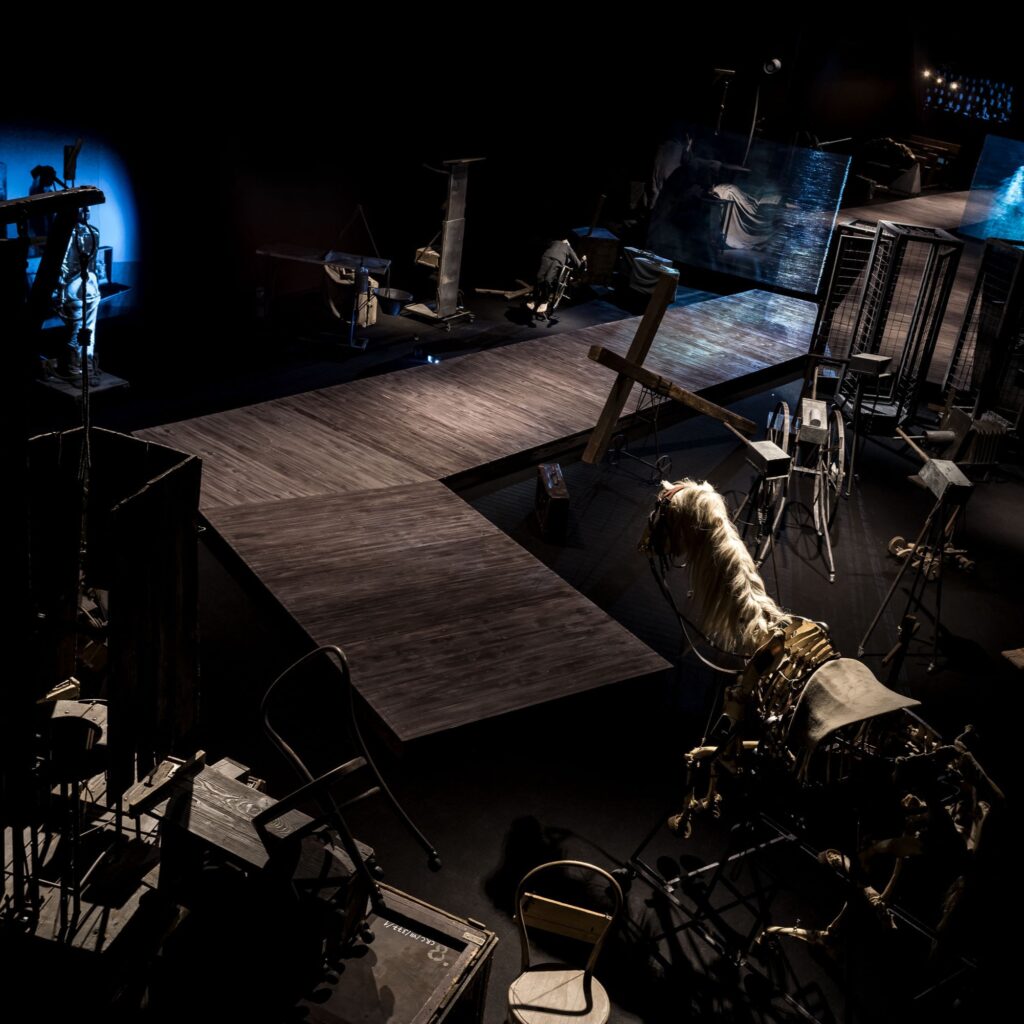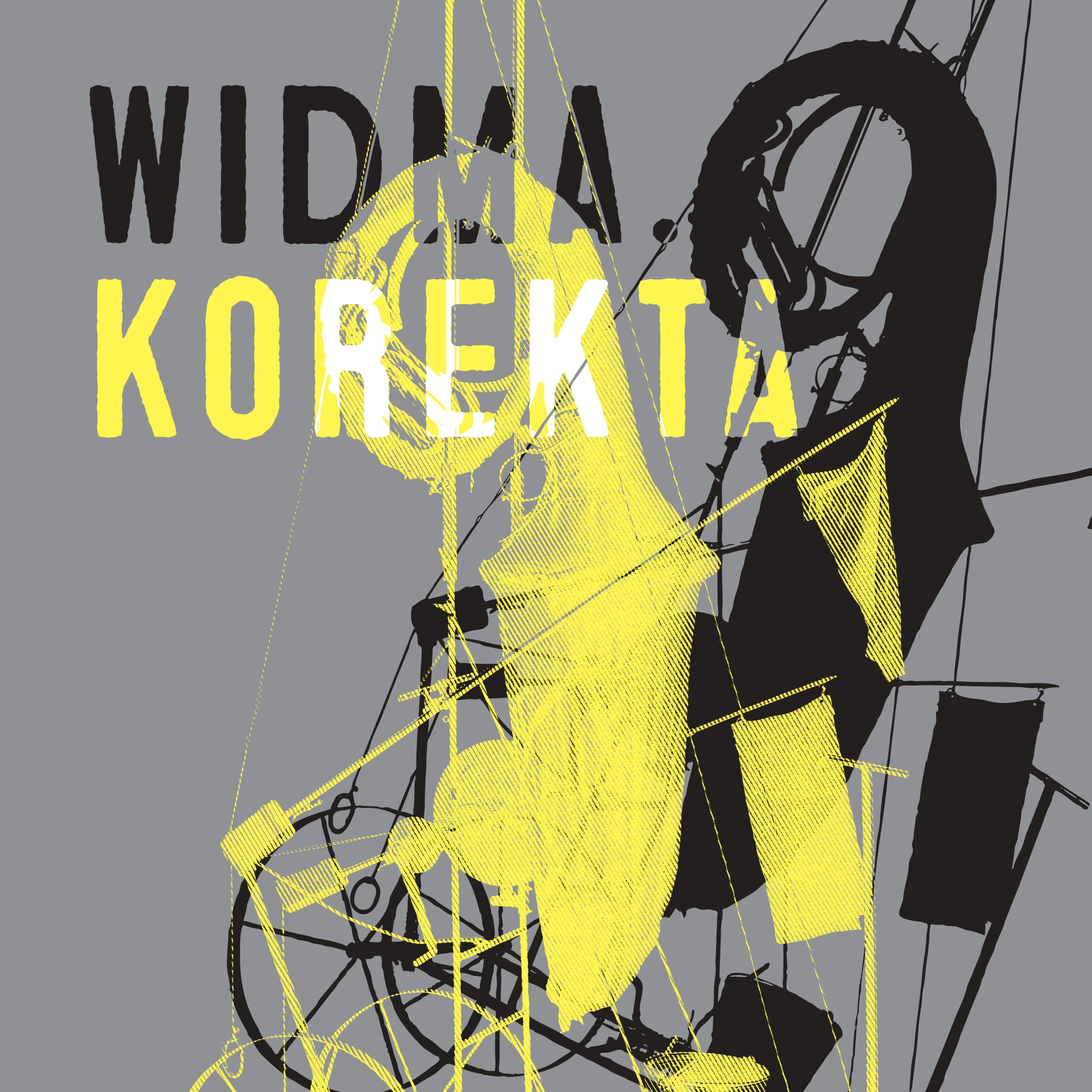“Spectres: Revision” – transformation of the permanent exhibition:
We are expanding the exhibition to include three new objects that will change the trajectory of the current arrangement and dynamize the tensions between the artifacts on view, monumentalizing the concept of accumulation and density. The added objects have the same provenance and, like the items currently on display – through the deformation inherent in them, the tendency to shatter form, the associated states of danger, oppression and violence inflicted on art and life – represent the canons of postwar aesthetics. In the process of adding objects, the semantic field will be extended.
Opening hours:
Tuesday – Sunday 11am–7pm
Ticket prices:
PLN 20 regular ticket
PLN 10 reduced ticket
free entrance on Wednesdays

The exhibition ‘Tadeusz Kantor: Revision’ confronts the viewer with the difficult past worked through by the artist in all areas of his creativity. It is also an attempt to tackle the question of how the experience of events in 20th-century history: the two world wars, the Holocaust, totalitarianism, mass movements and ideologies, influenced the artist’s work and biography. The confrontation of the exhibition with the world at large was first subject to correction in the spring of 2020, when the soon-to-open show had to stand still and silent for months due to the SARS-CoV-2 pandemic. It was not until 12 June 2020 that the exhibition opened informally, without an audience present. As we watched tours of the display – conducted with social distancing, in solitude, in an atmosphere of risk of contracting the virus, with uncertainty on the visitors’ faces – it occurred to us that by bringing out the difficult past in Kantor’s work, we ACTUALLY asked a question about the uncertain future – this time embodied in pandemic reality. The second revision of the relationship between the exhibition and the viewer took place when Russia invaded Ukraine in February 2022. From then on our questions about how art representing a sense of danger determines the methods used to display it in the museum space no longer concerned Kantor’s machines of oppression, objects-traps, uniforms and afterimages of war. They now began to concern the ways in which a state of danger determines human life not only in art, but also in everyday existence.
Reclaiming, for over three years of its operation, the intense, multisensory impact of the exhibition on the audience confronted with uncomfortable, difficult narratives, we wanted to introduce a change that would interfere with its original concept on a microscale. The ‘corrected’ area is the fabric of the exhibition engaged in dialogue with the artist’s difficult memory, using a tangle of forms and condensation of matter to reference the landscape of ruins and post-catastrophic surroundings. We are expanding the exhibition to include three new objects that will change the trajectory of the current arrangement and dynamize the tensions between the artifacts on view, monumentalizing the concept of accumulation and density. The added objects have the same provenance and, like the items currently on display – through the deformation inherent in them, the tendency to shatter form, the associated states of danger, oppression and violence inflicted on art and life – represent the canons of postwar aesthetics. In the process of adding objects, the semantic field will be extended.
Goplana and the Elves is a reconstruction of an object from the wartime production of Balladyna (Underground Independent Theatre, 1942). The austere geometric form and the departure from realism are the result of Nazi occupation and dehumanization which compromised the human figure: ‘Goplana, a lyrical Slavic wood nymph turned into a soulless / mechanism.’ It is also the artist’s protest, rooted in wartime brutality, against art created for aesthetic reasons.
The Annihilation Machine, a pyramid-shaped structure made from stacks of folding chairs, is an apparatus created to eliminate the action of the play (The Madman and the Nun, 1963), ‘which would destroy all the actions of the actors, all human actions, … which would operate inexorably, in an idiotic, stupid and ruthless way.
The Trumpet of the Last Judgement: ‘The Trumpet of Jericho. A very strange thing. Something between an instrument – a trumpet that played back the tragic Anthem of the Jewish Ghetto – and a siege engine at the walls of Jericho – a circus cart pushed by a desperate Rabbi, carrying the holy trumpet, a funereal emballage – a sack from which the sounds fell into a tin bucket.’
Exhibition curators: Małgorzata Paluch-Cybulska, Michał Kobiałka
Arrangement: Zbigniew Prokop, Krzysztof Kućma – Creator s.c.


